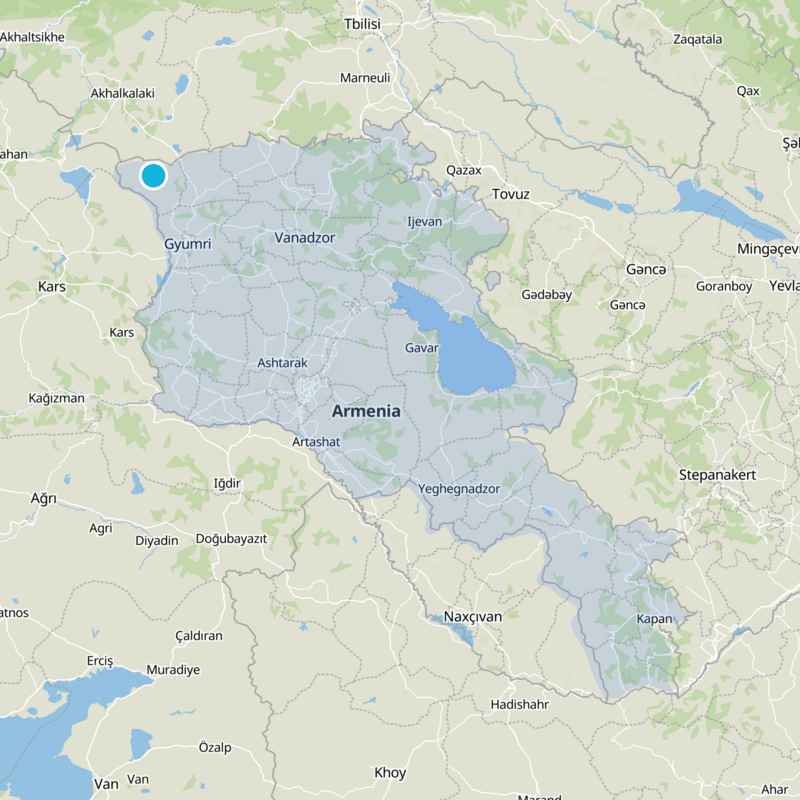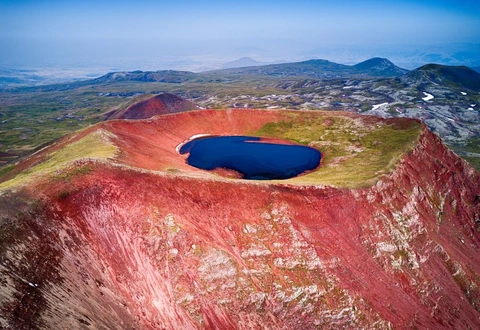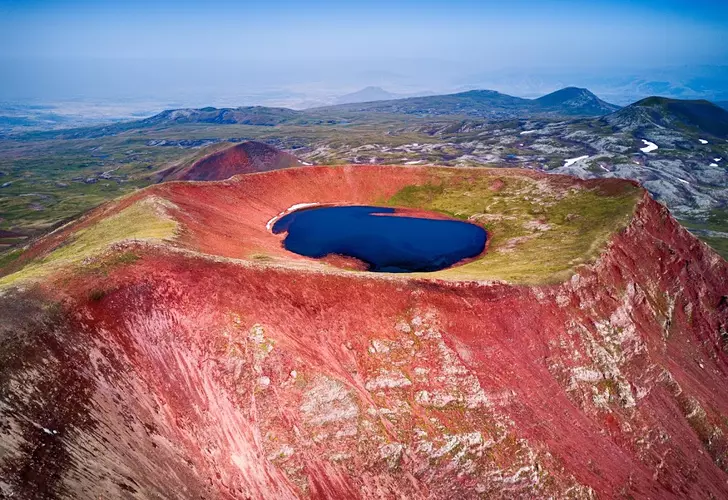Armenia's climate is characterized by distinct seasons, and hikers should consider these when planning their trips. In summer (June to August), temperatures can reach 30 degrees Celsius, making it an ideal time for high-altitude hikes. Spring (April to June) and autumn (September to November) offer moderate temperatures, colorful landscapes, and fewer crowds. Winter (December to February) is cold, with snow-covered trails for winter hiking enthusiasts.
The best time to hike in Armenia depends on personal preferences and the desired trail conditions. Summer is popular for enjoying the pleasant weather and exploring high mountain regions like Dilijan National Park and the Caucasus Mountains. Spring and autumn provide a balance between comfortable temperatures and scenic beauty, particularly in areas like the Tatev region and Lake Sevan. Winter offers opportunities for snowshoeing and skiing, with destinations like Tsaghkadzor and Jermuk catering to winter sports enthusiasts.
To plan your hiking adventure in Armenia, consult resources like the official website of the Armenian Tourism Committee (
https://armenia.travel/en) for detailed information on hiking trails, weather conditions, and attractions in different regions of the country. Additionally, consider checking local weather forecasts and seeking advice from local tour operators or visitor centers for up-to-date information on trail conditions and safety guidelines.









